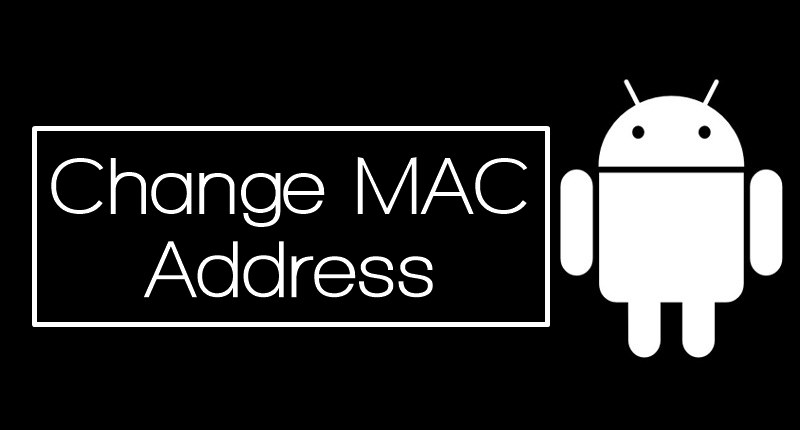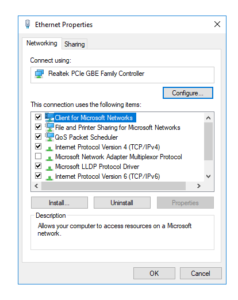
Some of this goes back into history when we used strictly layer-2 networks and software. That can prevent problems with things like replacing NICs in a server or other host, and having software break because of that. There are/have been businesses, that wanted known MAC addresses on a particular host, so they go to the trouble of manually setting the MAC address on the hosts. None of the burned-in addresses should have that bit set. Once the frame has been recreated, it will send it. It will replace it with its outgoing interface as the source MAC address and it will use Router Bs interface closest to it as the destination MAC address. So it will strip the source and destion MAC addresses from the outgoing frame. You are supposed to set the U/L bit to show that it is a locally administered MAC address, but many people do not do this. Basically, Router A knows the MAC address of because of ARP. You can change the MAC address on just about any host with an IEEE protocol NIC. A MAC address need only be unique on the LAN to which it is attached. Some organizations reuse MAC addresses in different parts of the world. It can make ethernet, Wi-Fi, and token ring NICs, and reuse the same MAC address on each type of network. The organization with the OUI can assign MAC addresses in the OUI as it sees fit. What is supposed to be unique is the OUI assigned by the IEEE to an organization. In Windows 10, you can change the MAC address from the configuration panes of the network card in Device Manager, but some network cards may not support. For this, you can use the following command: ifconfig -a. Find out the network interface for which you want to change the MAC address.

#Why change network mac address registration
Some providers require clients to register a MAC address before using it either explicitly through some kind of registration form or implicitly through some action.

#Why change network mac address install
To install it in Debian / Ubuntu / Linux Mint, use: sudo apt install macchanger. Generally you clone a MAC because you want the new device to look 'the same' as the old one to an external authority.

If we allow the mac-address to be changed then it won't be uniqueĪ MAC address is not as unique as you may think. Macchanger should be in the repositories for major Linux distributions.


 0 kommentar(er)
0 kommentar(er)
